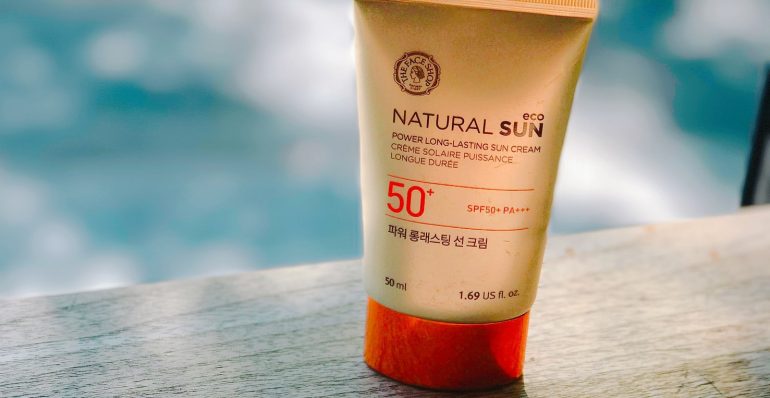
Sunscreen: Friend or Foe?

15 Jul 19 |
Terry Slevin, CEO Public Health Association of Australia, Adjunct Professor Australian National University
As the northern hemisphere beds down for another summer and European thoughts turn to holidays, and fun in the sun, the annual anxieties
about sunscreen arise.
I was invited to the Sun Protection conference in early June in London that largely involves people from the cosmetics and sunscreen industry, and people with a technical, public health and commercial interest in sun protection.
Having led one of the most consistent and (relatively) well-funded skin cancer prevention programs (https://www. sunsmart.com.au/) in the world for 24 years for Cancer Council WA in Perth, Western Australia I was more than familiar with the many complexities and controversies about sunscreen:
When we use it will it enter our bodily systems and poison us?
There is no evidence of any adverse health effects beyond skin irritation in a small % of users, despite billions of applications on humans over more than five decades.
Does it lead us to be more, rather than less sunburnt?
If people apply too little and remain in the sun for long periods they can be burnt, but this is due to poor use of sunscreen, not an effect of the sunscreen.
Will sunscreen ruin the coral reefs?
In high intensity doses there may potentially be some very modest effect on coral reefs. But the dose exposure necessary is so high and the amount likely to occur in normal circumstances on most ocean settings where coral lives, means there are many many far greater risks to coral reefs than sunscreen. In truth the contribution to carbon emissions by flying on an aircraft to reach a coral reef, contributing to global warming, leading to sea temperature rises, is a far greater risk to coral reefs.
Will “chemicals” or nanoparticles in sunscreen harm my health?
This has been a much researched question and I refer you to question one. What’s more, most of the stories generating anxiety about sunscreen can be traced back to some players in the sunscreen industry denigrating competitors’ products in the hope of increasing their own market share. That results in a further falling of confidence in sunscreen as a safe, effective product, resulting in fewer people using sunscreen, and that is a bad thing for public health.
Why is using less sunscreen bad for public health?
Skin cancer is the fastest growing form of cancer in the world, particularly in the UK. There is good evidence from a randomised controlled trial showing sunscreen use reduces risk of squamous cell carcinoma and some indication it reduces risk of melanoma. This kind of trial is unlikely to ever be repeated.
Isn’t there other ways to reduce sun exposure?
Definitely. Physical protection provided by clothing, wide brimmed hats and sunglasses are very helpful. Using shade is wise and even avoiding sun exposure around the middle of the day in high UV (Ultra Violet Radiation) environments closer to the equator are good options.
How should I use sunscreen?
Use more than most people think is necessary, (1 tea spoon for each limb, 1 for face and neck, 1 for torso front and one for the back) is a good start. Reapply each 2 hours or if swimming, towelling off or being physically active on skin not covered with clothing.
A final important note…. Scots in particular should be most sun smart when they leave home for
sunny holidays.Greater wealth and access to sunny destinations means exposing sun to skin that is not used to high
intensity UV radiation. That is probably the single most important time when canny Scots need to break out the sunscreen and learn the basics of “Slip Slop Slap”.
For more information on protecting against skin cancer why not visit our blogs on older persons and younger persons guide to preventing skin cancers: https://scpnblog.wordpress. com/2018/05/28/older-persons- guide-to-preventing-skin-cancer/
and https://scpnblog.wordpress. com/2018/05/19/young-persons-guide-to-preventing-skin-cancer/